Affiliate links on Android Authority may earn us a commission. Learn more.
What is Zigbee? Everything you need to know
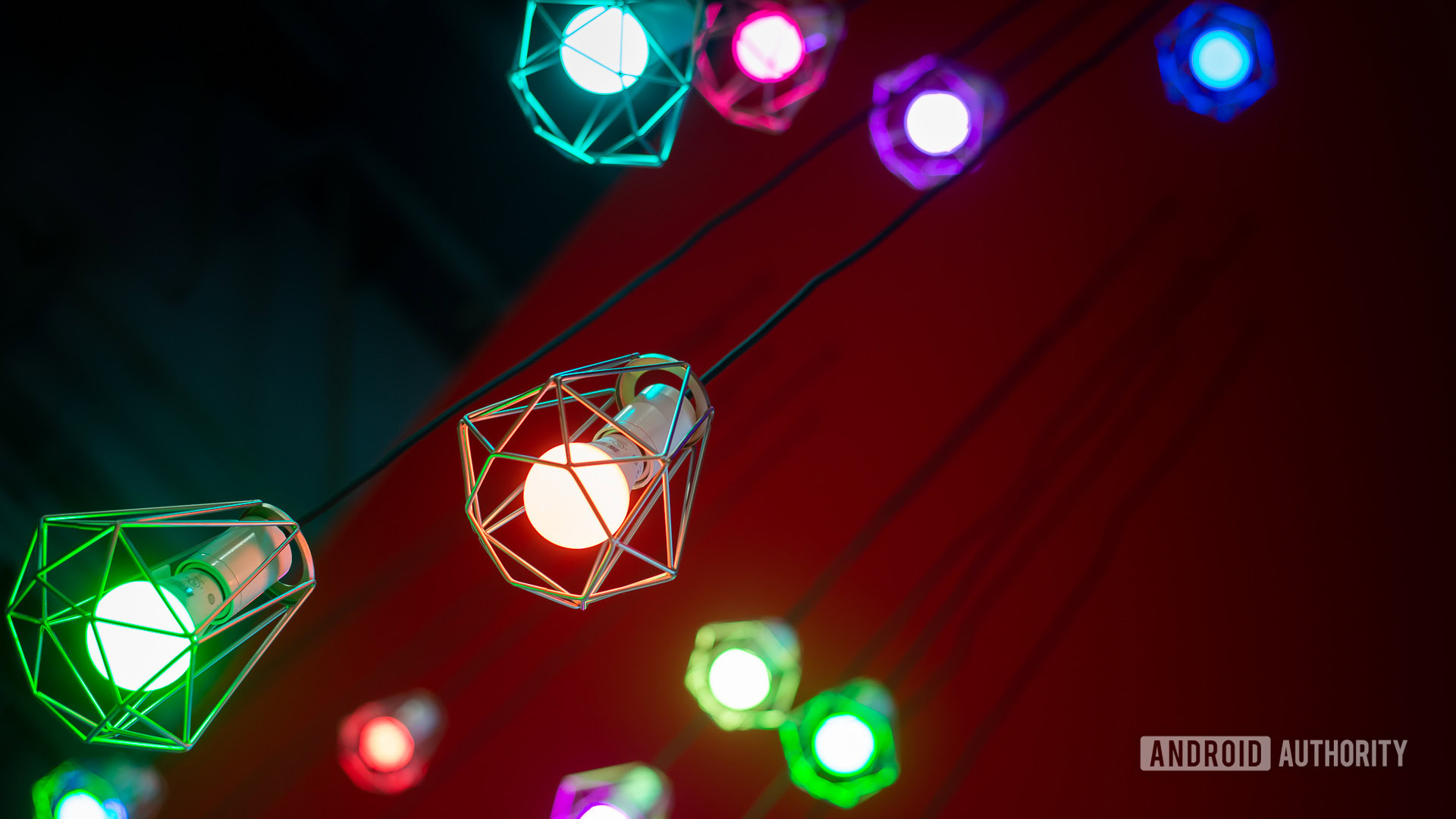
When you’re shopping for smart home accessories, one of the more common wireless standards you may come across is Zigbee. Here’s a primer on the technology, including how it works, some of the devices that use it, and how its future looks in light of Matter, Thread, and its old rival Z-Wave.
What is Zigbee, and how does it work?
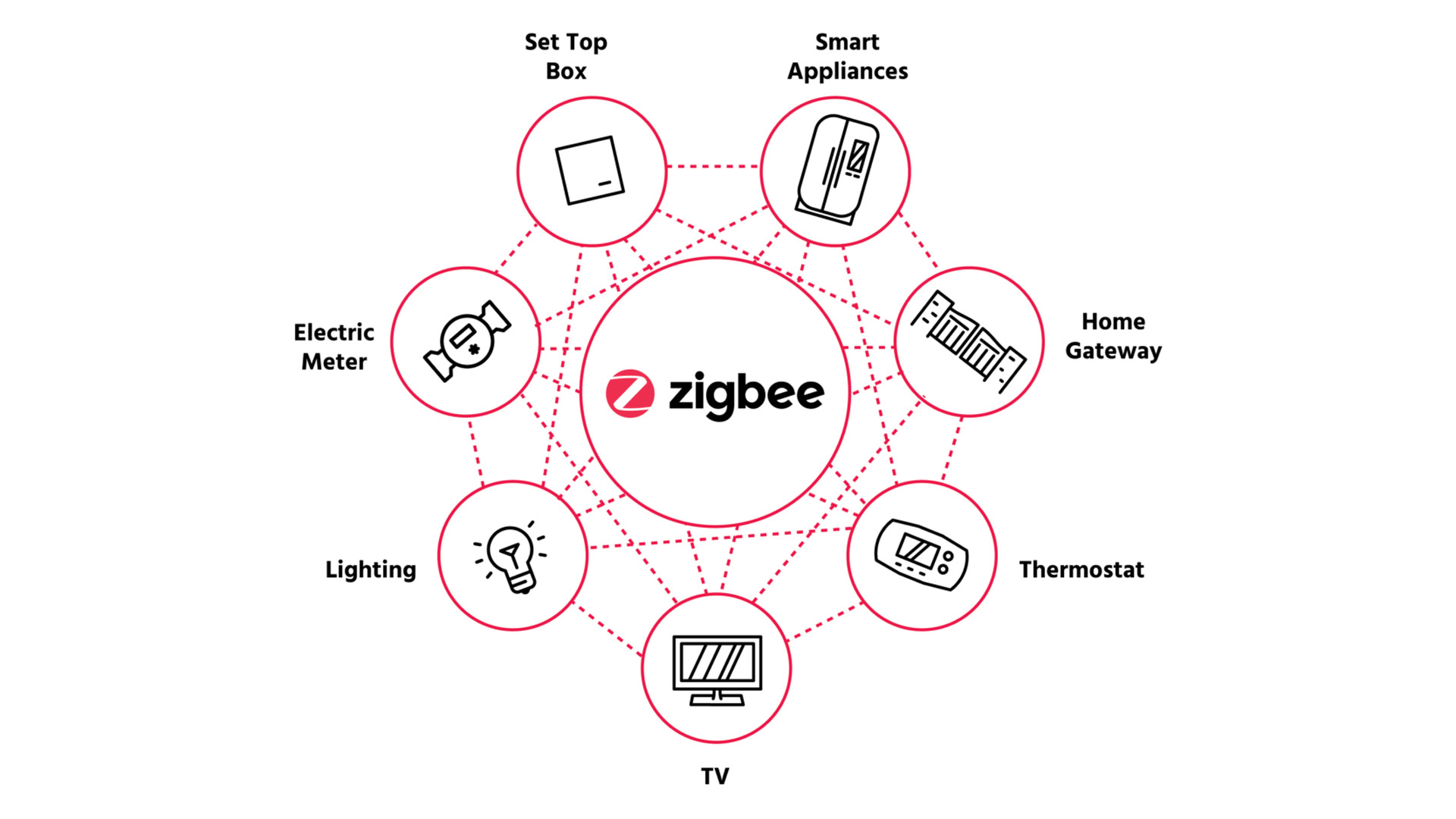
In short, Zigbee is a low-power mesh networking standard overseen by the Connectivity Standards Alliance (CSA). Outside of some industrial, scientific, and medical applications, it’s intended exclusively for smart home accessories. It was first formalized in 2003, but never really exploded in the smart home space until much later.
Zigbee devices have a range of 10 to 100 meters (about 33 to 328 feet), but mesh support means that they can relay data through some fellow Zigbee products. If you have a sensor near your front door, for example, it can still communicate with a hub/bridge on the opposite side of your house as long as there are enough intermediary Zigbee devices that can act as repeaters.
Zigbee is a low-power mesh networking standard aimed at smart homes.
Speaking of hubs, any home with Zigbee accessories requires at least one. Each hub serves a managerial role, for instance saving and triggering automation routines. They also connect to your Wi-Fi router, which is how your Zigbee network communicates with separate devices, including third-party platforms like Amazon Alexa, Apple HomeKit, and Google Home.
It’s worth noting that while Zigbee is nominally an industry standard, you may need specific hubs for some accessory brands. The best example of this is the Philips Hue Smart Hub (a.k.a. Bridge). Only some third-party lights can connect to it, and if you connect Hue bulbs to a third-party hub, you’ll get reduced functionality. There are general-purpose Zigbee hubs, but the sort of fragmentation we’ve just mentioned means they’re only so useful.
One advantage of a hub framework is that automations can trigger with or without internet access. Wi-Fi-based smart home accessories can’t run automations without talking to the cloud, which can wreak havoc if your internet connection fails.
How much do you need to know about Zigbee?
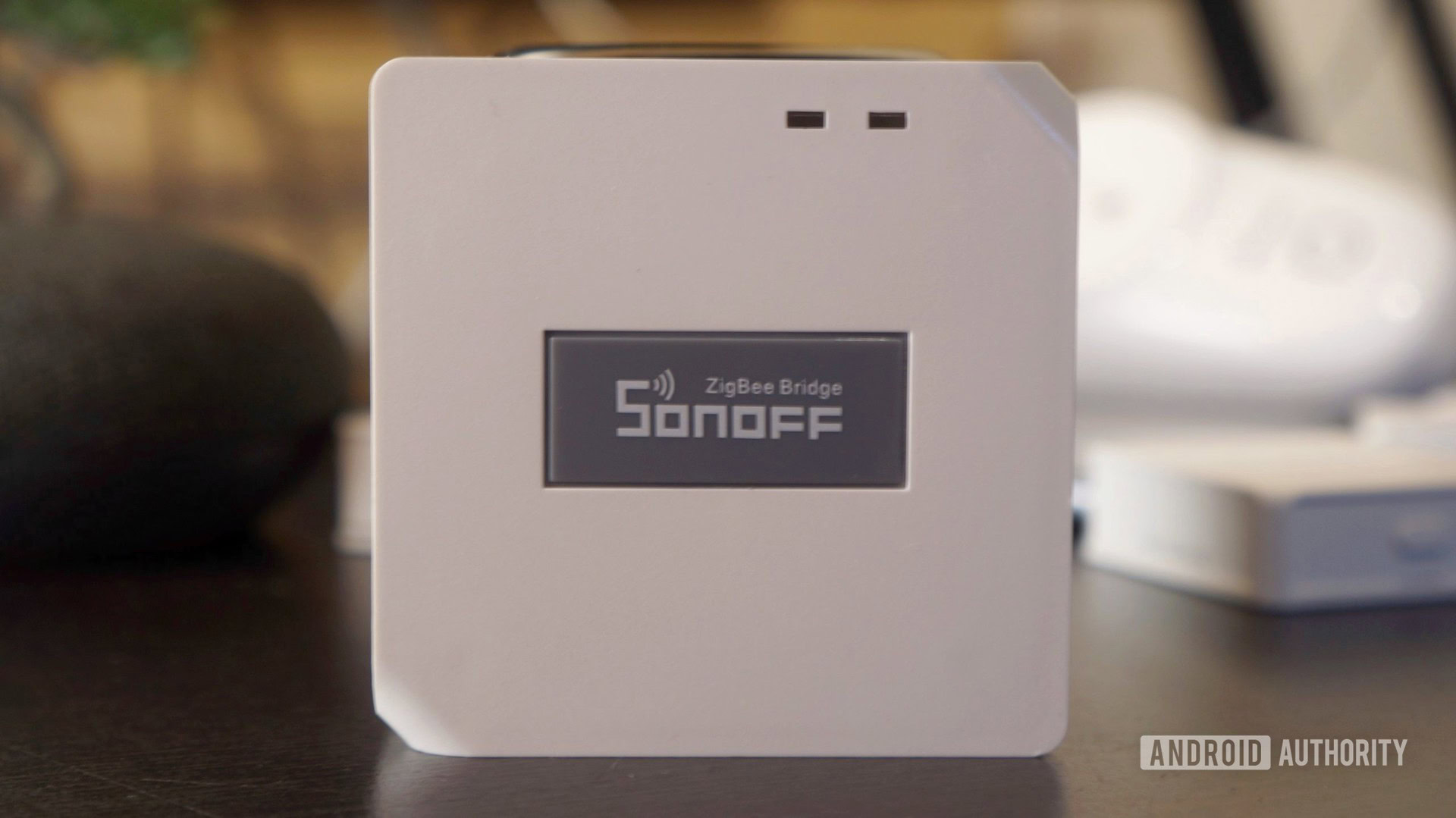
On a practical level, you mostly need to know a handful of things:
- All Zigbee accessories require a compatible hub connected to your Wi-Fi router. They won’t work without one, so factor that into your smart home budget.
- Some Zigbee accessories may require a brand-specific hub to work or use a full set of features (e.g. Philips Hue lights). Check if this is the case with any products you’re interested in. Otherwise, you can pair with a generic hub.
- In a larger home, and/or if your hub is installed in a far room, you may need additional Zigbee accessories scattered around to form a reliable mesh network.
- Zigbee may be preferable if you want to guarantee automations will run 24/7, even when internet access goes down.
- If you want to avoid hubs, stick with Thread or Wi-Fi-based accessories, but make sure you have a Thread border router or Wi-Fi 6.
- Battery-powered products may not necessarily work as repeaters in a Zigbee mesh.
- There’s no urgent threat, but eventually Zigbee will likely be completely supplanted by Thread. We’ll explain more in a later section.
Which devices use Zigbee?
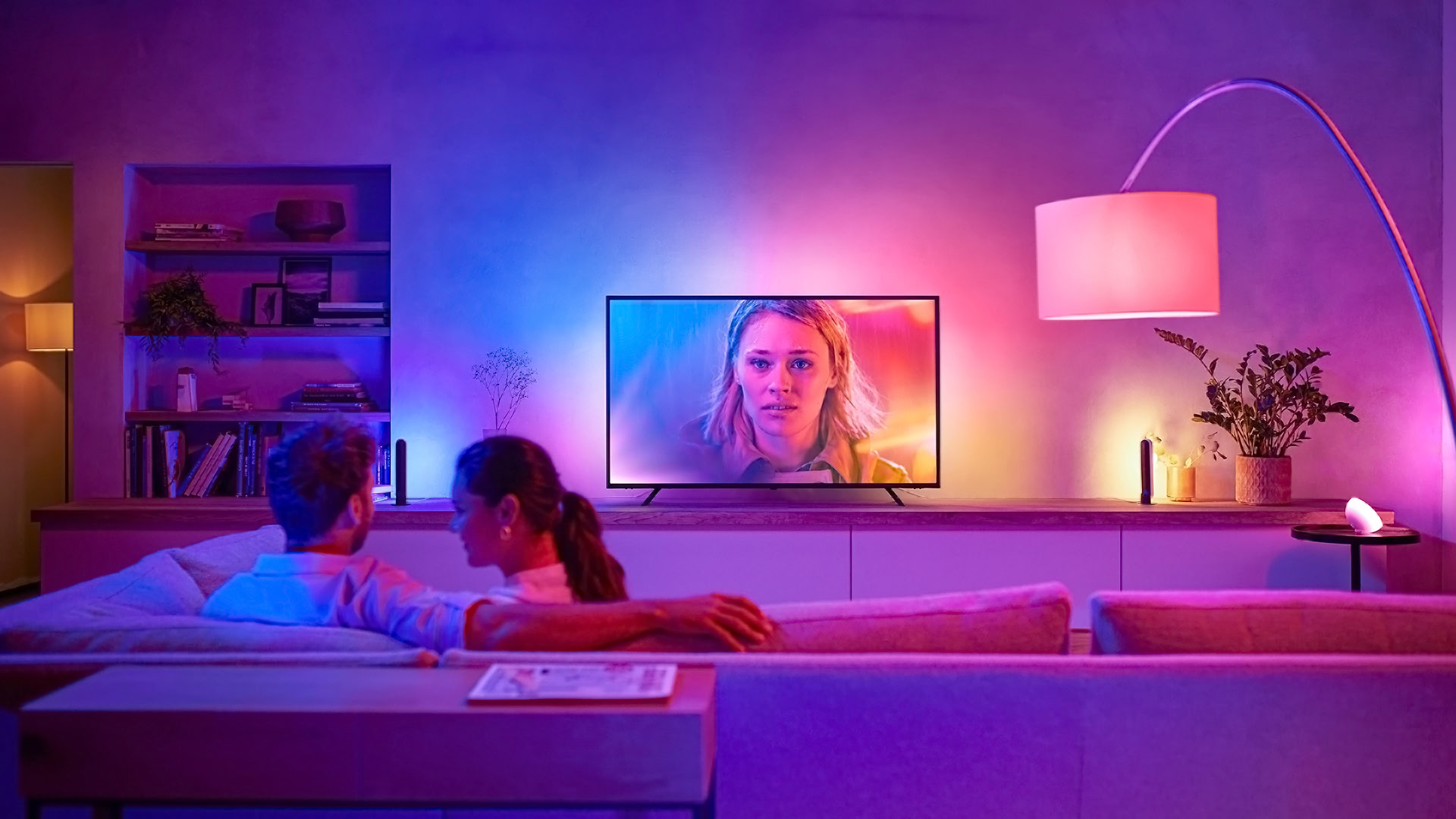
There are too many to list completely — the total is upwards of 4,000 — but there are some prominent ones we can mention. All Philips Hue lights use it, as do many Ikea and Sengled smart bulbs. Samsung’s SmartThings platform has a lot of products under its wing, although Samsung itself has largely stopped releasing new Zigbee hardware. Categories covered by Zigbee range from lights and switches through to locks, sensors, and thermostats.
One oddly important supporter is Amazon. The 4th gen Echo, Echo Studio, and Echo Show 10 all double as generic Zigbee hubs, which can make them a great entryway into the ecosystem.
An accessory type that favors Zigbee is the room sensor. You’ll occasionally stumble on Bluetooth- or Wi-Fi-based sensors, but Zigbee’s low energy consumption allows a sensor to run purely on battery power for long stretches of time, sometimes spanning years, which in turn means you can stick a sensor virtually anywhere. Z-Wave and Thread offer similar benefits, so you can often find equivalent products.
What’s the future outlook for Zigbee?
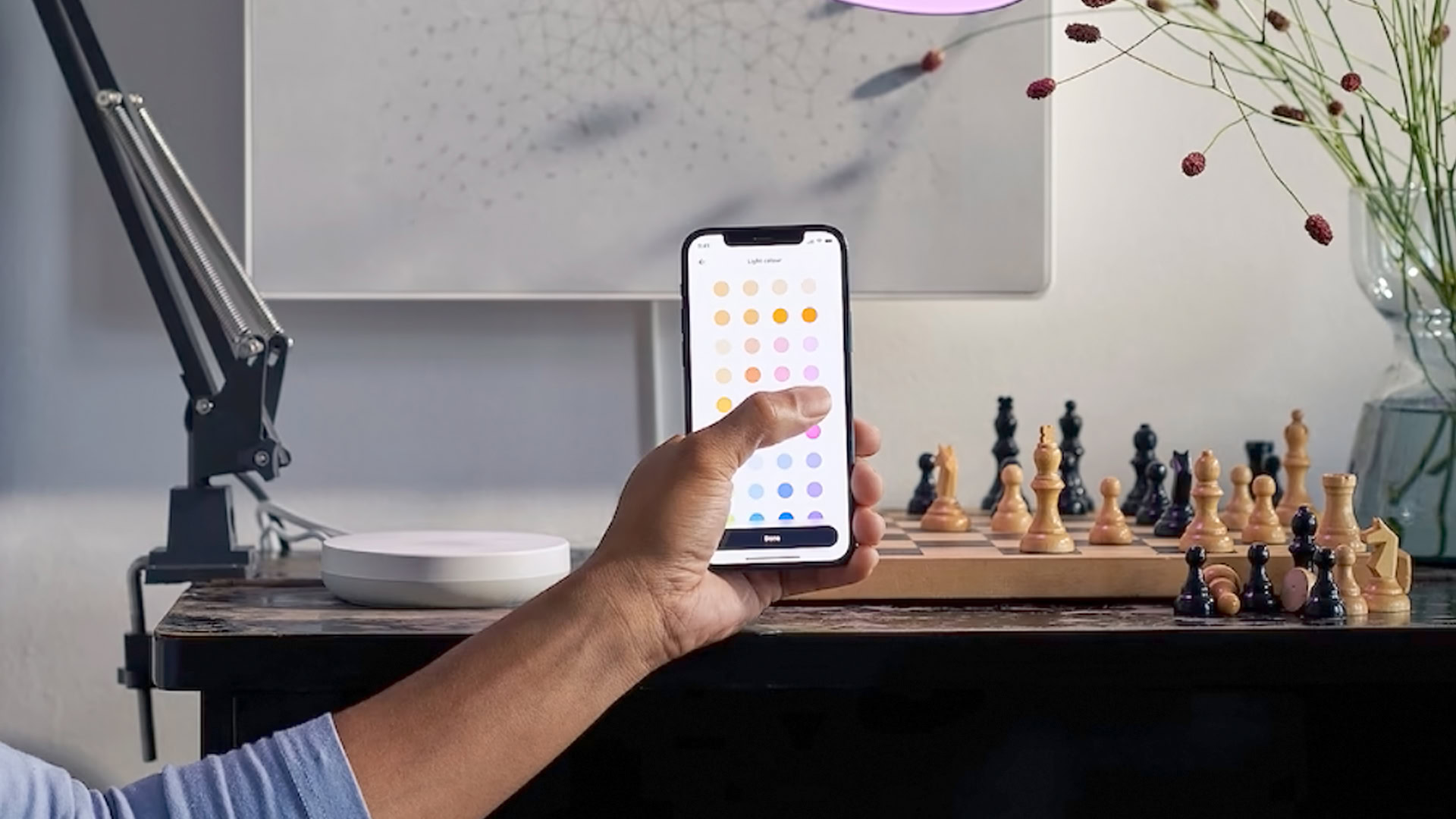
Support should stay relatively static through 2024. Philips Hue has declared its intention to stick with Zigbee on Hue Smart Hubs, and elsewhere, there hasn’t been a (mass) exodus towards alternatives. Given that there’s a large existing market for Zigbee accessories, there’s no immediate reason to shut off the pipeline.
In the long term, Zigbee will almost certainly fade away in favor of Thread.
In the long term, Zigbee will almost certainly fade away in favor of Thread. The latter is based on Zigbee, but with the core enhancement that many Thread devices can act as their own “border routers,” reducing the need for hubs. And now that the Matter protocol is live, Thread support is no longer split between platforms.
Zigbee isn’t directly supported by Matter, whereas Thread is. Amazon, Apple, and Google have already upgraded some existing smart speakers and displays to support Matter over Thread. Committing to Zigbee indefinitely is a bad idea, in other words, and brands like Philips Hue and Ikea are only keeping themselves in the game by adding Matter support to their hubs.
The ultimate casualty in this situation will probably be Z-Wave. Zigbee already enjoys more popularity, and some devices with it can be upgraded to Thread via software. There’s no hope for Z-Wave upgrades to our knowledge, so while you can expect some compatible hubs to adopt Matter, the standard is increasingly feeling like the smart home equivalent of Betamax.